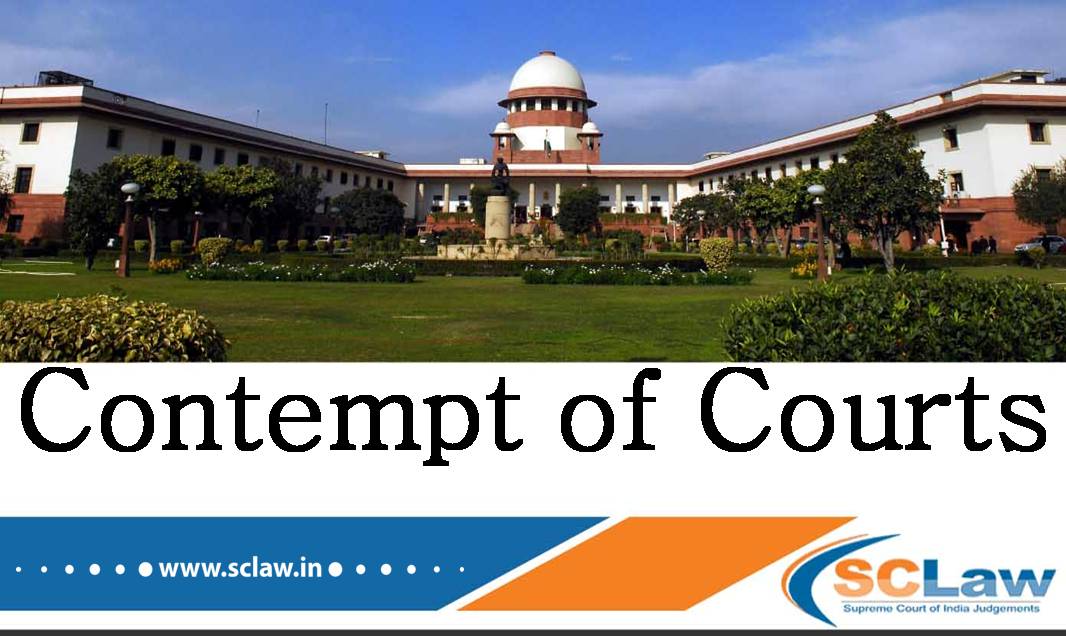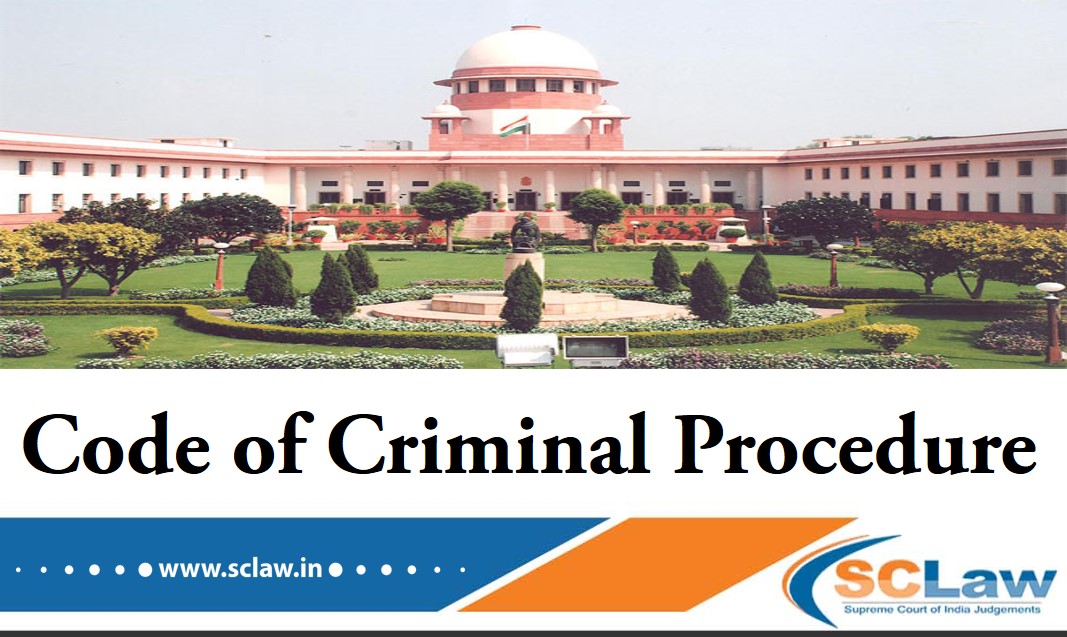Constitution of India, 1950 – Article 129 and 142 – Scandalising of court – Contempt proceedings – The power to punish for contempt is a constitutional power vested in this Court which cannot be abridged or taken away even by legislative enactment.
SUPREME COURT OF INDIA DIVISION BENCH SURAZ INDIA TRUST — Appellant Vs. UNION OF INDIA — Respondent ( Before : Sanjay Kishan Kaul and M.M. Sundresh, JJ. ) Miscellaneous Application…







